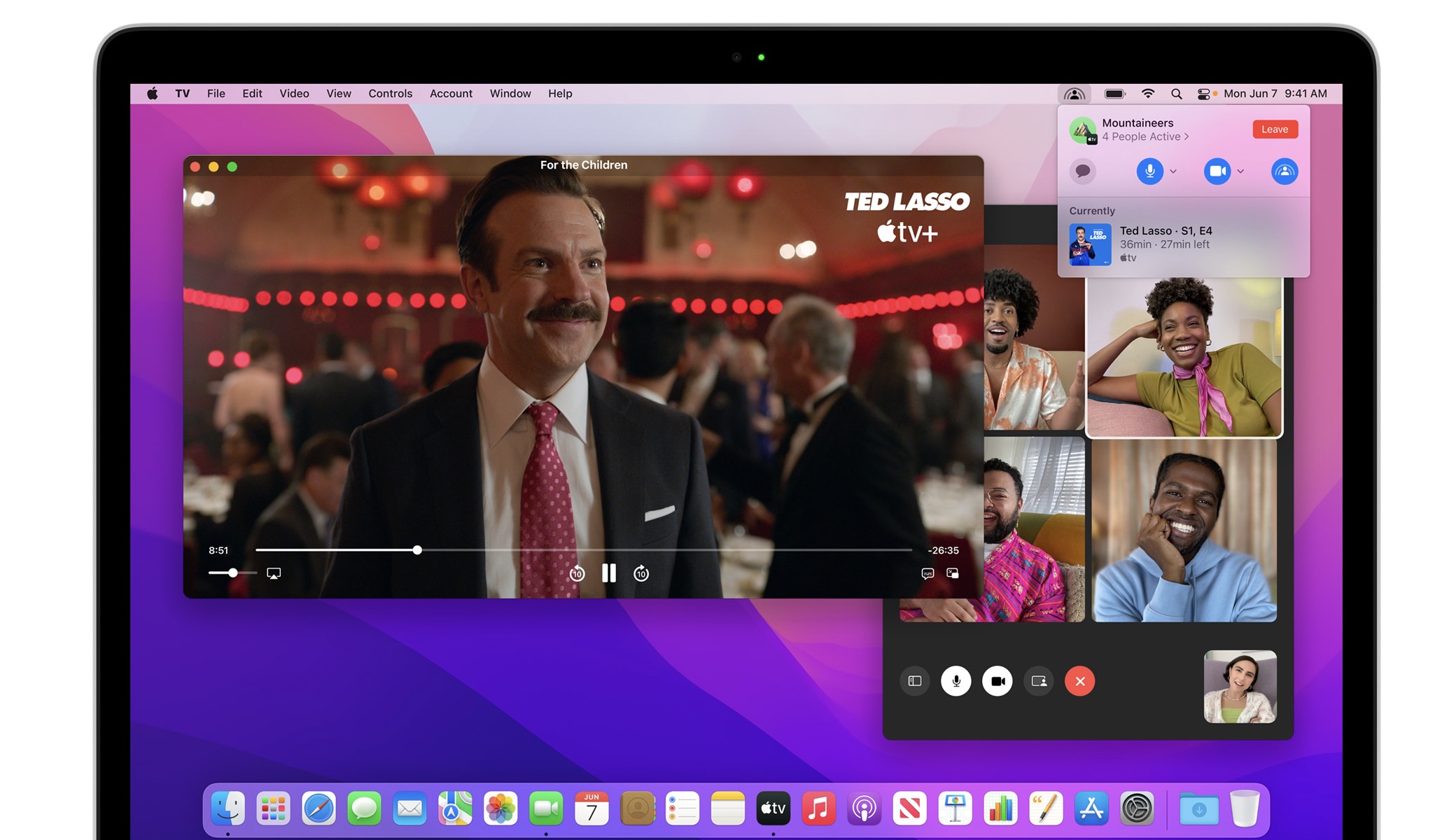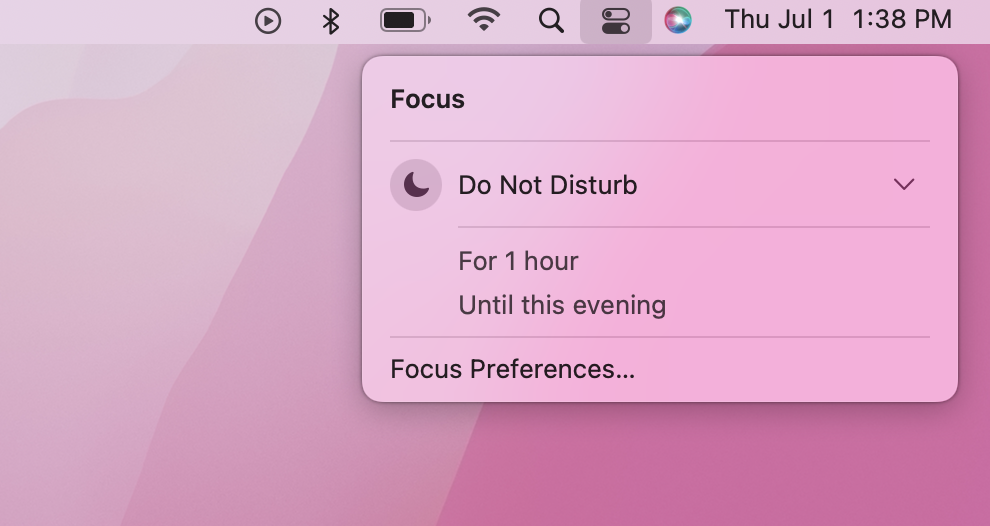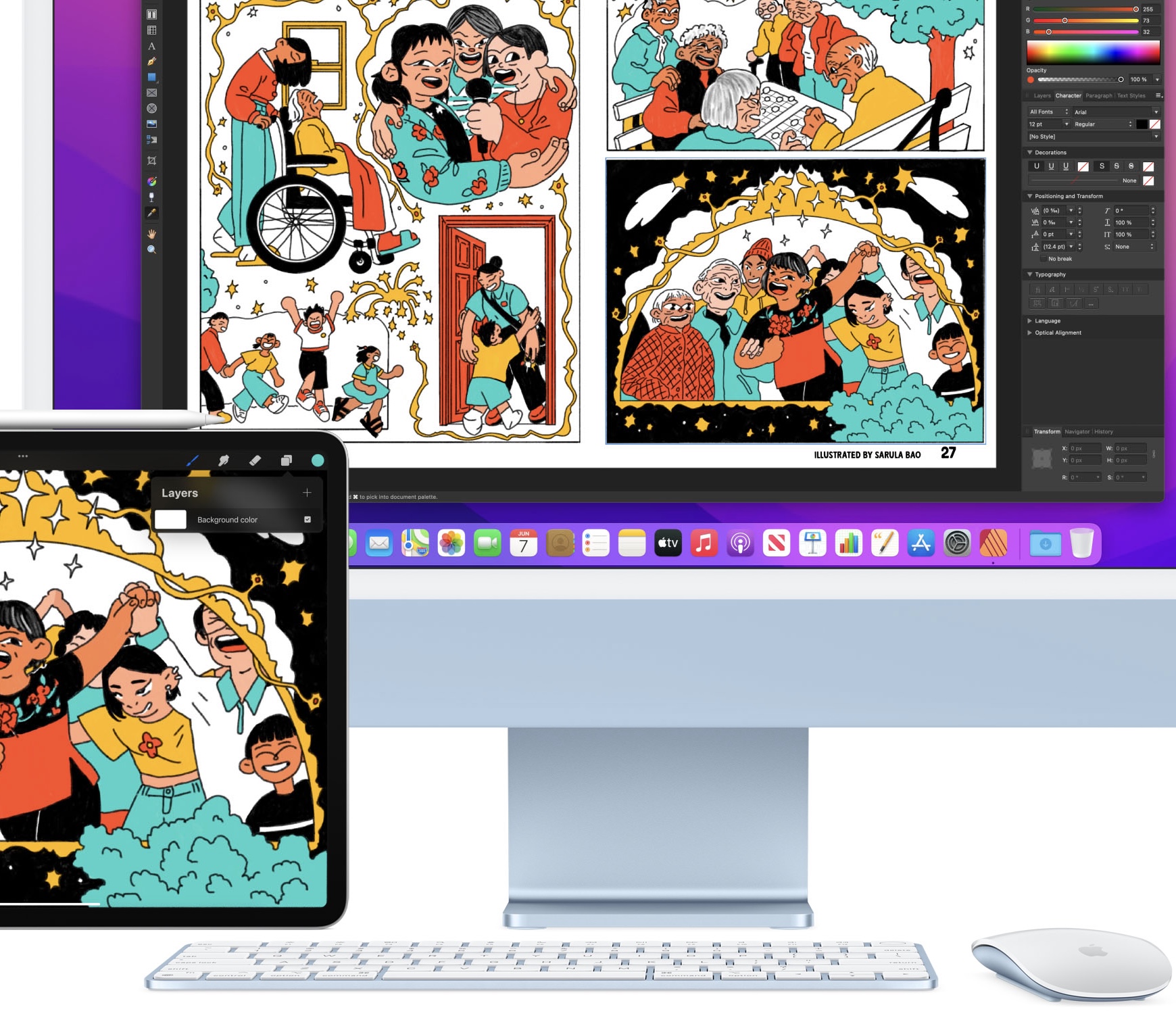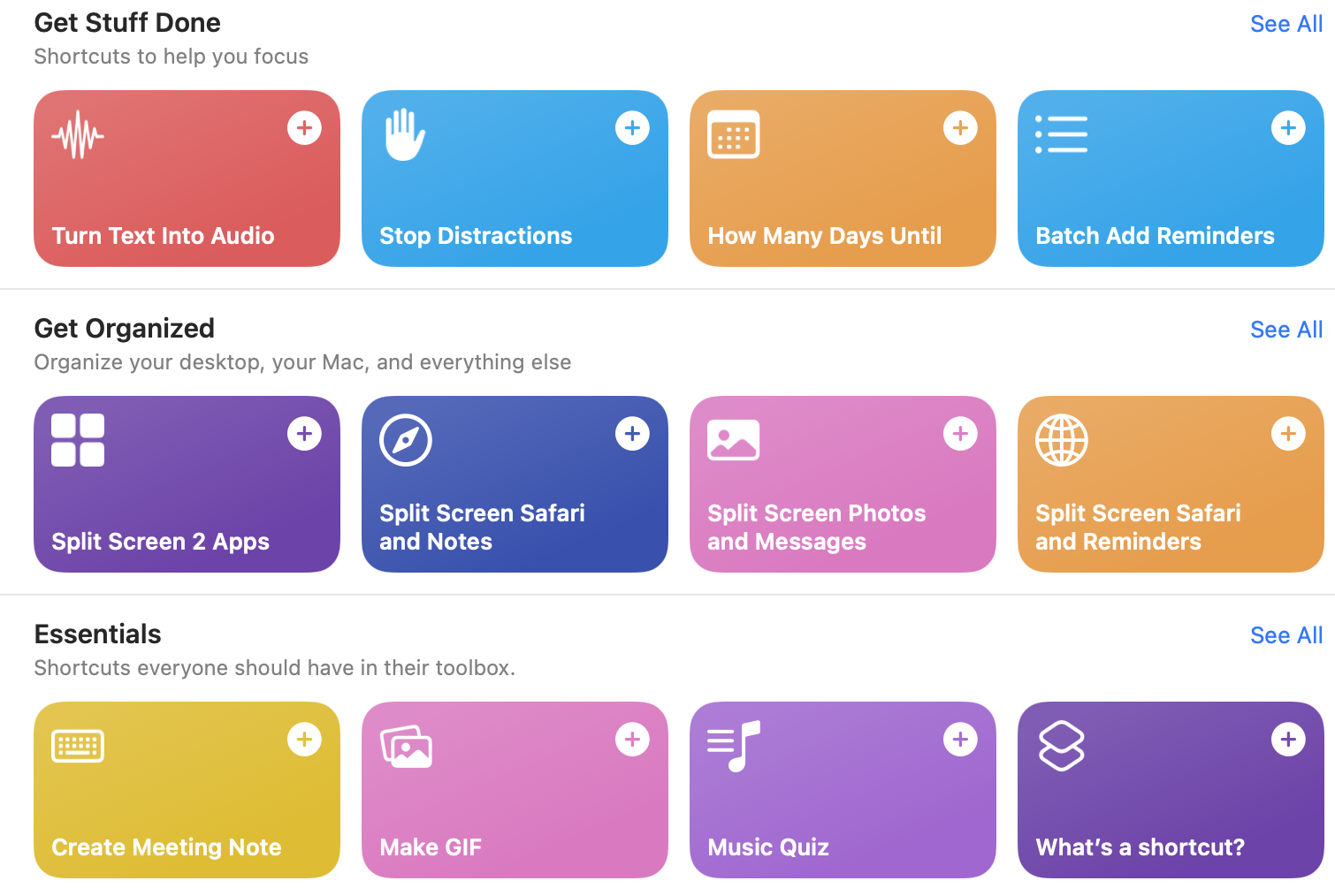macOS Monterey’s public beta is live – ProWellTech
Yesterday Apple unleashed a whole bunch of new public betas on the world: iOS 15, iPadOS 15 and watchOS 8. Today the company is back with another big software puzzle piece announced at WWDC in June.
Following three weeks of developer beta, the public beta version of macOS 12.0 Monterey is now live for download (i.e., has begun a rollout that often takes a little time to make its way to everyone).
Any beta version of an operating system comes with the usual caveats/caution against downloading it on your primary machine, but at very least, this ought to be sufficiently more stable than what first rolled out to developers in June. Listen, I’m not going to tell you how to live your life.

Image Credits: Brian Heater
I don’t always open these sorts of writeups with system compatibility, but it probably ought to be singled out for Monterey. After all, this is the first full new OS release since the company made the first Apple silicon Macs available last year. Naturally, it will be available for all of the systems sporting a first-party Apple processor.
Intel Macs are more of a grab bag, though support goes back for several years, in most cases. A nod to Macrumors, who compiled the following list:
- iMac — Late 2015 and later
- iMac Pro — 2017 and later
- MacBook Air — Early 2015 and later
- MacBook Pro — Early 2015 and later
- Mac Pro — Late 2013 and later
- Mac mini — Late 2014 and later
- MacBook — Early 2016 and later
The dates are shifted up by a year or so from the Big Sur compatibility break down, which makes some sense.
Okay, so what do you get if you bite the bullet and download today? The biggest changes come to Safari, FaceTime, along with the addition of the Universal Control feature that unifies peripherals across devices and Shortcuts, an iOS feature that will replace macOS mainstay, Automater.

Image Credits: Brian Heater
Some initial thoughts — Let’s start with Safari. The browser gets some key updates with every major macOS refresh, but this is one of the largest in recent memory. There was some concern following the keynote that the updates would only introduce confusion for many users. And certainly it’s true that people hate disruptions to their workflow — this is likely one of a handful of reasons I’ve never seriously concerned switching to Safari as a default every day browser. Change is hard, friends. Of course, change is also a necessary part of evolving. In either case, I haven’t been using Monterey intimately enough to offer something more definitive on the Safari experience.
There’s a pretty radical difference up front:

Image Credits: Brian Heater
It might not seem like much, but after so many generations of the task bar serving as the driving force, it’s admittedly a pretty bold change at the center of the browser. Your mileage will vary, of course, but the idea at the heart of it is tying the field to the individual tabs, rather than having it more of a constant presence. There’s more control of of the tabs, as well, in the form of Tab Groups, which allow you to essentially bookmark a bunch of sites together, so you can group them into things like Home and Work (assuming those ever become separate things again).
If you know anything about how Apple makes software, it shouldn’t come as any surprise that those groups get synced across devices via your Safari account. This is the kind of feature that could break either way for folks — it either means getting more organized or just creating a whole bunch of new groups of infinite tabs.

Image Credits: Apple
The additions to FaceTime are a pretty welcome pandemic no-brainer. The biggest addition is a code a lot of third-parties attempted to crack over the past year, bringing the ability to stream movies and TV shows on FaceTime calls with friends, in order to watch together. Again, it’s a very pandemic-friendly product that will likely continue to have appeal, since teleconferencing certainly isn’t going anywhere.
In addition to Apple products like TV+ and Music, it will work with a bunch of launch partners, including Disney+, Hulu, HBO Max, NBA, Twitch, TikTok, MasterClass, ESPN+, Paramount+ and PlutoTV. The company is also opening its API to developers, because, honestly, this thing really needs YouTube and Netflix.

Image Credits: Brian Heater
Focus essentially builds on the existing Do Not Disturb feature, adding in the ability to create specific notification parameters. Apple offers some like Work and Sleep, by default, or you can create your own custom version, allowing some disturbances in and blocking others.

Image Credits: Apple
From a hardware perspective, Universal Control is probably the most interesting addition. The feature makes it possible to share wireless keyboards and mic/trackpads across compatible Macs and iPads. It’s not exactly a replacement for Sidecar, nor does it specifically build on that technology. Where Sidecar effectively turns an iPad into a second screen, Universal Control maintains the standard iPad functionality, albeit with a cursor that moves across devices. Both seem compelling for creatives and frequent travelers, but it will be interesting to see if one effectively cannibalizes the other.
Speaking of cross-device functionality, AirPlay to Mac is one of those features where you wonder why it took so long. Here you can share content from an iPhone or other Apple device directly on your big screen Mac. The computer can also serve as an Airplay speaker, casting music from that device onto the system.

Image Credits: Brian Heater
As mentioned above, the arrival of the Mac version of Shortcuts marks the beginning of the end for Automater. Apple will be keeping the app around for a while, as it gathers feedback from users. I do appreciate that change from the company’s standard policy of just ripping the band-aid off with new features. Automater was extremely versatile, but could be downright perplexing for the uninitiated. To get started, the company is offering a gallery (see: above) of shortcuts.
They range from basic OS tasks to things like “Make Gif,” which could could ultimately make some third-party Mac apps redundant.







